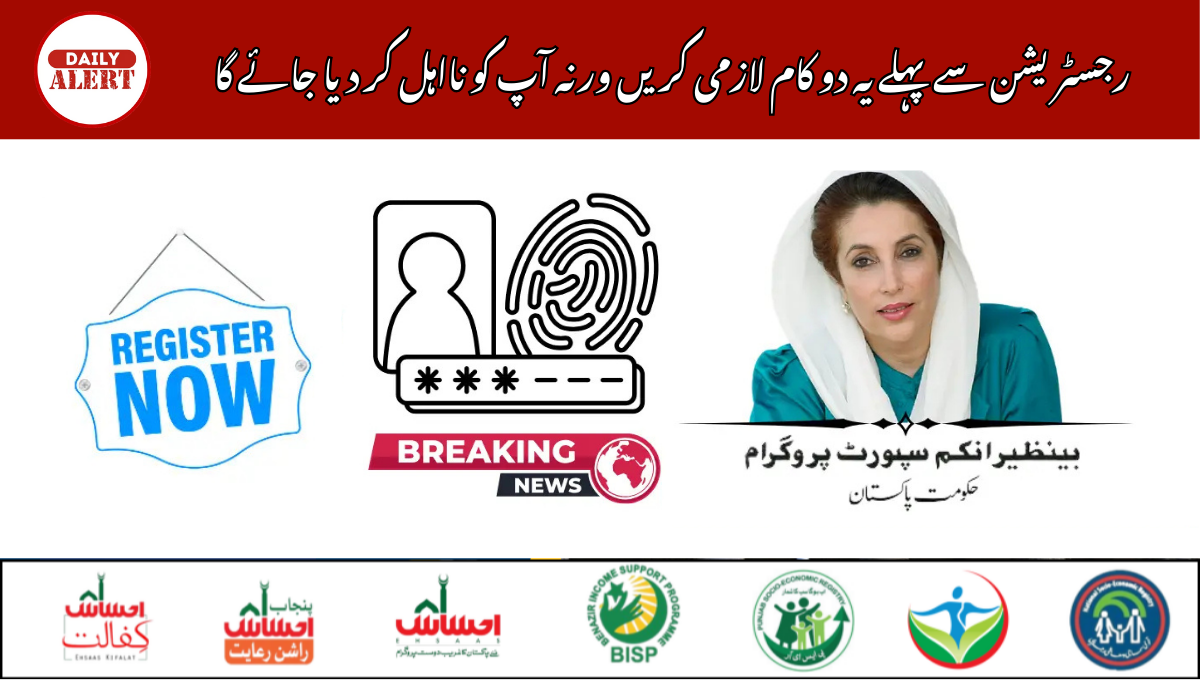The Benazir Income Support Programme (BISP) remains Pakistan’s largest social safety net, offering critical financial assistance to millions of low-income families. As the government continues to modernize the system in 2025, a key development is the use of tax records and financial data to determine eligibility for BISP 8171 payments. This shift has sparked debate over how Pakistan’s tax framework intersects with welfare distribution, raising both hope and concern among citizens.
Understanding the BISP 8171 initiative
The BISP 8171 scheme was launched to provide direct cash transfers to underprivileged households, with the aim of reducing poverty and improving living standards. Families traditionally registered through national identity cards and household surveys, but recent policy adjustments are increasingly connecting welfare eligibility with digital databases. By 2025, tax information is emerging as a significant factor in the approval or rejection of beneficiaries.
Why tax records are being linked to welfare programs
Authorities argue that linking BISP payments with tax records is necessary to prevent misuse of funds. For years, one of the challenges of social assistance in Pakistan has been the inclusion of ineligible households who, despite owning assets or having higher incomes, still managed to receive aid. By cross-checking tax filings, bank statements, and property records, officials hope to ensure that only genuinely deserving families remain in the program.
This approach is also part of broader government reforms to digitize governance, strengthen transparency, and comply with international standards of financial accountability. It reflects a push towards creating a welfare system that is both targeted and sustainable.
How your tax status can affect your eligibility
In practice, if an individual or household has filed taxes showing income above a certain threshold, they may be excluded from BISP 8171 benefits. Similarly, ownership of luxury properties, multiple vehicles, or regular foreign travel recorded through tax and immigration systems can raise red flags. On the other hand, households with no taxable income, irregular earnings, or those officially listed as below the poverty line are more likely to remain eligible.
However, critics caution that the system may disadvantage informal workers who do not appear in tax records at all. Since a large part of Pakistan’s economy operates outside the formal sector, many low-income families do not file taxes. Their eligibility will depend on whether household surveys and digital records accurately reflect their financial hardship.
Reactions from the public and experts
Public reaction to the move has been mixed. Some citizens welcome stricter monitoring, arguing that it is unfair for wealthy families to exploit a scheme designed for the poor. Others worry that linking eligibility to tax records might exclude genuine beneficiaries who are already struggling but lack documentation or have not filed taxes.
Experts suggest that the government must strike a balance by using multiple data sources—such as the National Socio-Economic Registry (NSER), NADRA databases, and local verification committees—rather than relying solely on tax files. Ensuring transparency in decision-making and offering appeal mechanisms for disqualified families are also seen as critical steps to maintain public trust.
Future outlook of BISP payments in Pakistan
The integration of tax data into the BISP 8171 framework reflects a broader shift towards a data-driven welfare state in Pakistan. If implemented effectively, it could improve the efficiency of social spending and ensure that aid reaches the most vulnerable. But if poorly managed, it risks excluding millions of deserving households in a country where poverty remains widespread.
As Pakistan moves forward in 2025, the success of BISP will depend not only on technology and tax records but also on how inclusively and fairly the system is administered. For families depending on these payments, clarity and accessibility will remain central concerns in the months ahead.
Also Read More: Latest Update 4 Families No Longer Eligible for BISP Support

